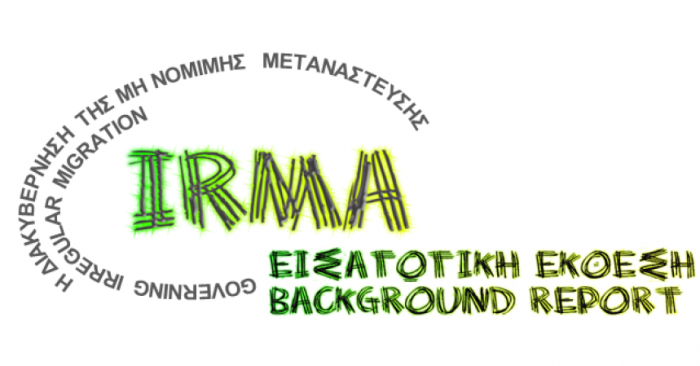Since the 1990’s, Albania has witnessed one of the greatest and most dramatic migration flows of its history. Today, over a million Albanians – about 27,5% of the total Albanian population and 35% of the active population (RoA, 2010) – have migrated abroad; by far the highest proportion amongst the Central and East European countries. In Greece, Albanians constitute by far the largest migrant community. The literature suggests that more than half of the migrant population in Greece is Albanians, with estimates referring to the pre-2005 period as high as 57.5% or even 65% of the total (Cavounidis & Chatzaki 2000, Kasimis 2004).
The current background report seeks to present the size and main trends of Albanian irregular migration to Greece as part of the Balkans to EU migration system. The report is divided into two main sections. Section one set the background of Albanian migration in Greece by presenting an overview of Albanian migrant stock and respective socio-demographic features. Special emphasis is placed on analyzing the relationship between Albanian migration and irregularity, in turn, divided into three subsections. Irregular migration is first shown to be a systemic process, filtered through a range of institutional/structural, socio-economic and individual-level factors. In that context, the return migration or migrating to other destinations are seen as an immediate alternative strategy to cope with the financial crisis and unemployment. Section two discusses the typology of irregular migration of Albanians to Greece as it has been identified by this study. In this section, we shall analyse the types and the profiles of irregular migrants configured in this typology, the socio-economic factors and policies that motivate or prevent the irregular movements with a view to reflect the reality on the ground and to understand the perspective of the irregular Albanian migrants to Greece in the years to come.
IRMA Background Report: IRMA Background Report – ALBANIA



